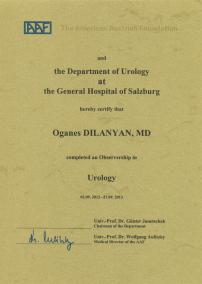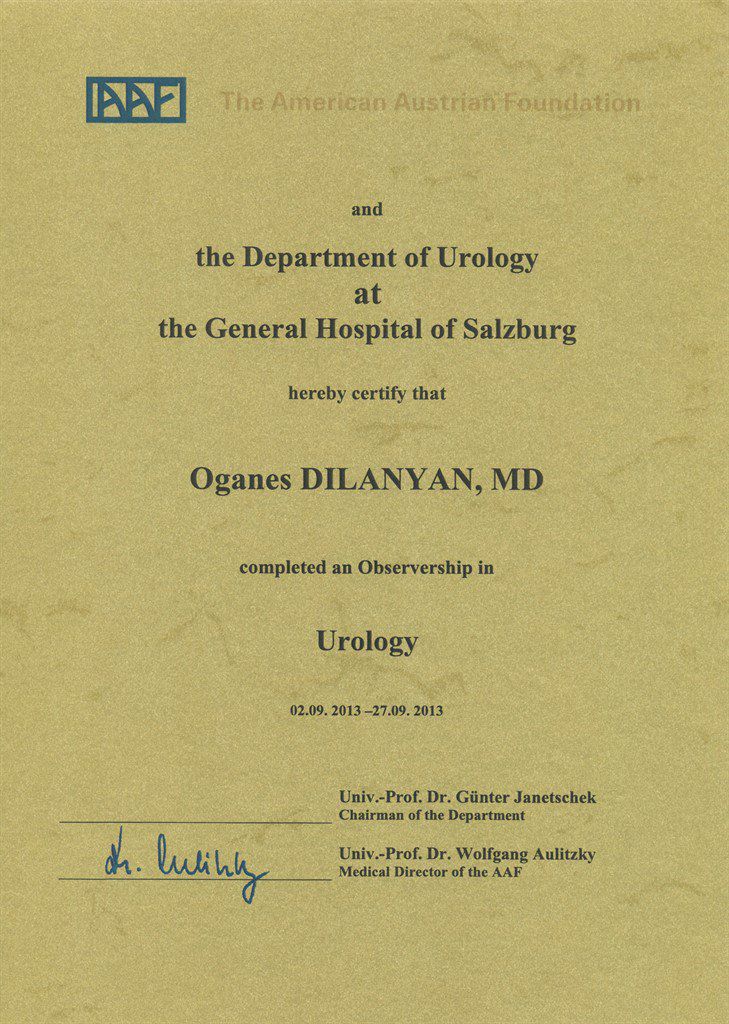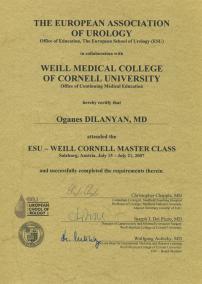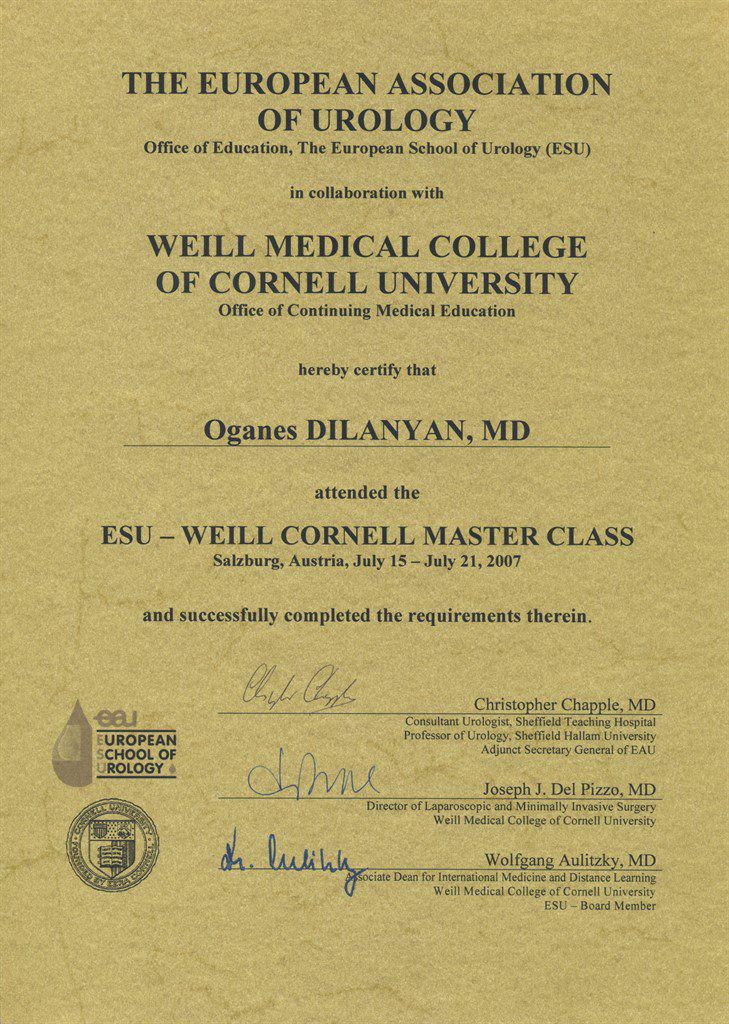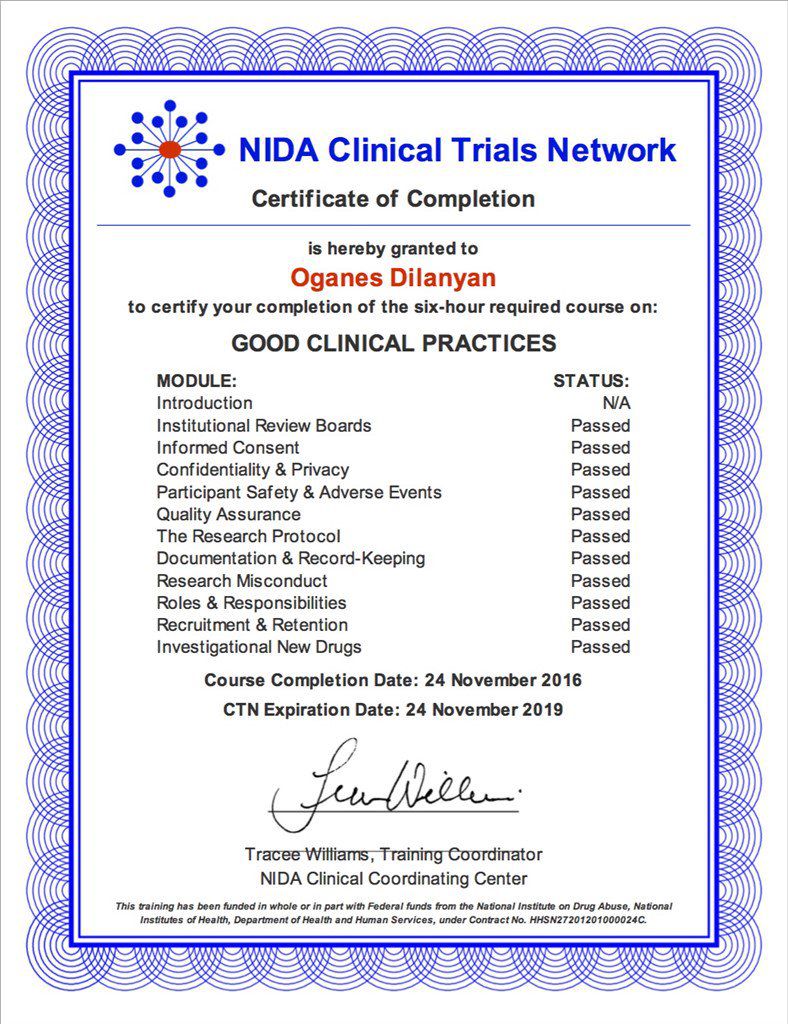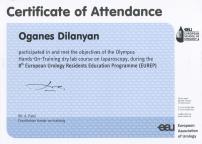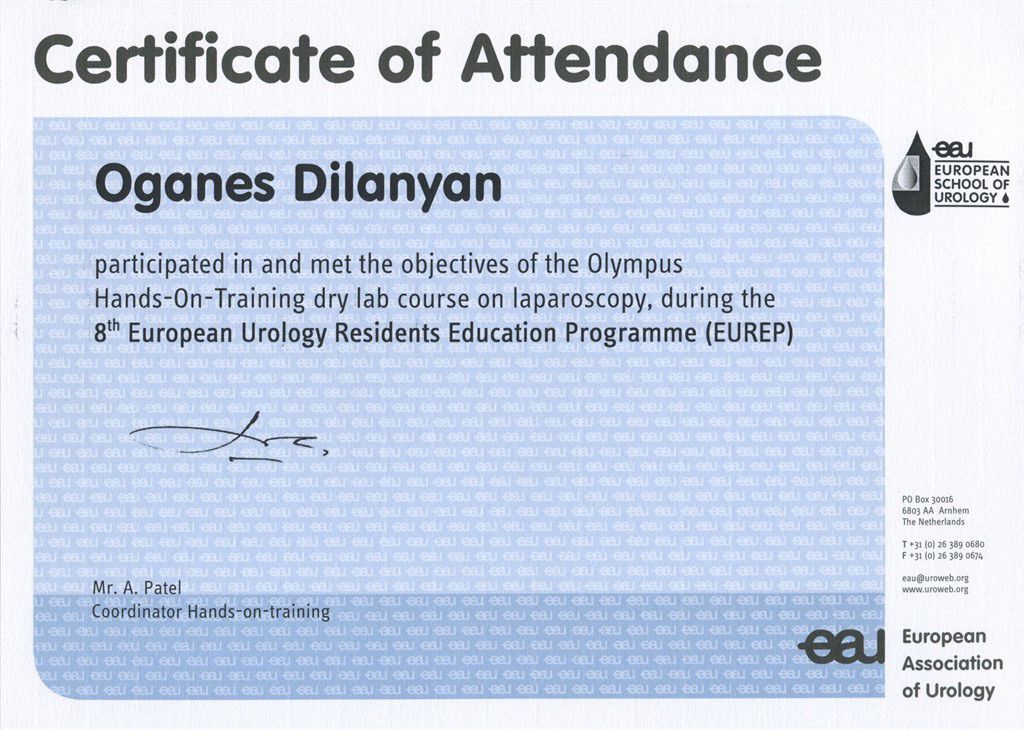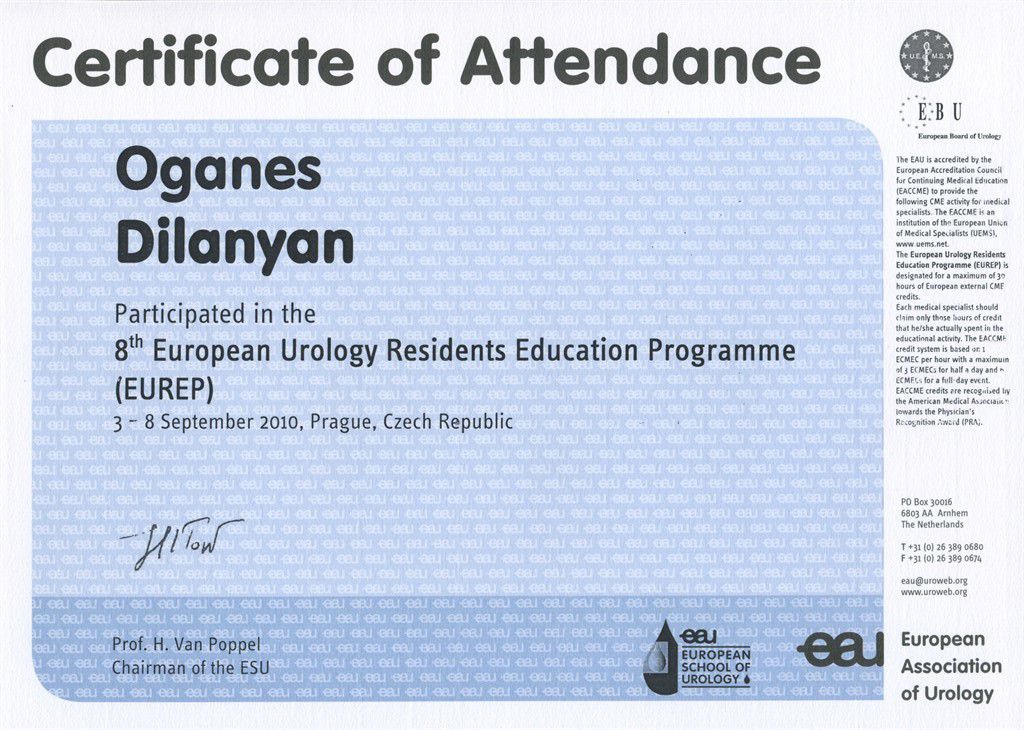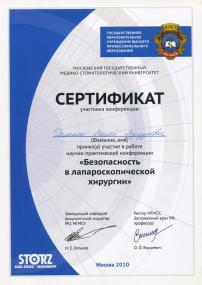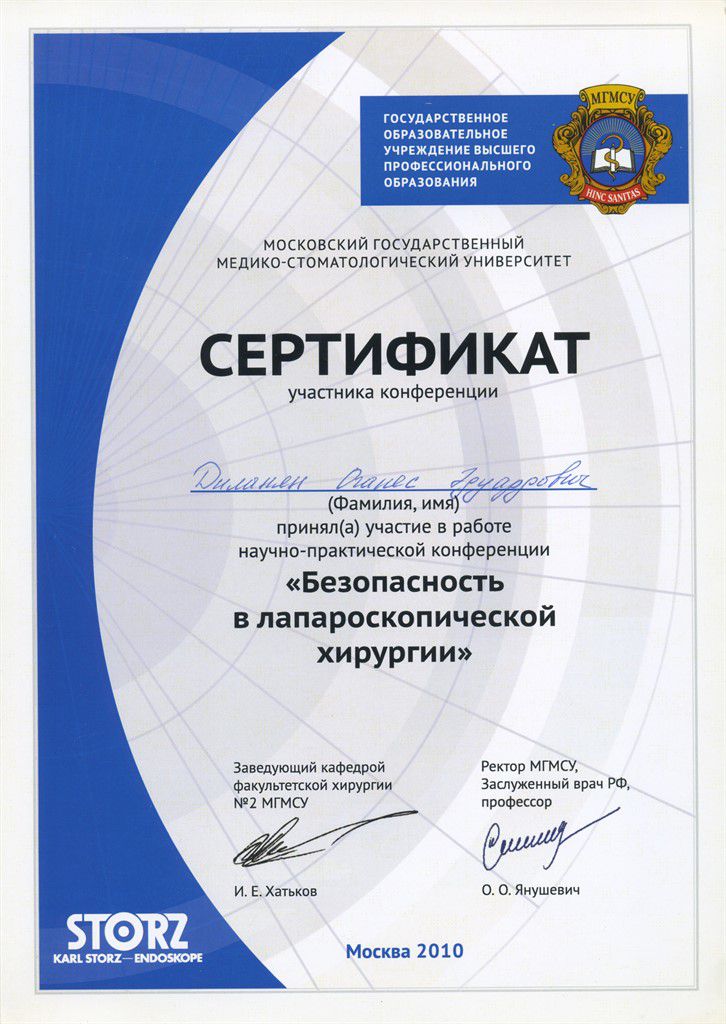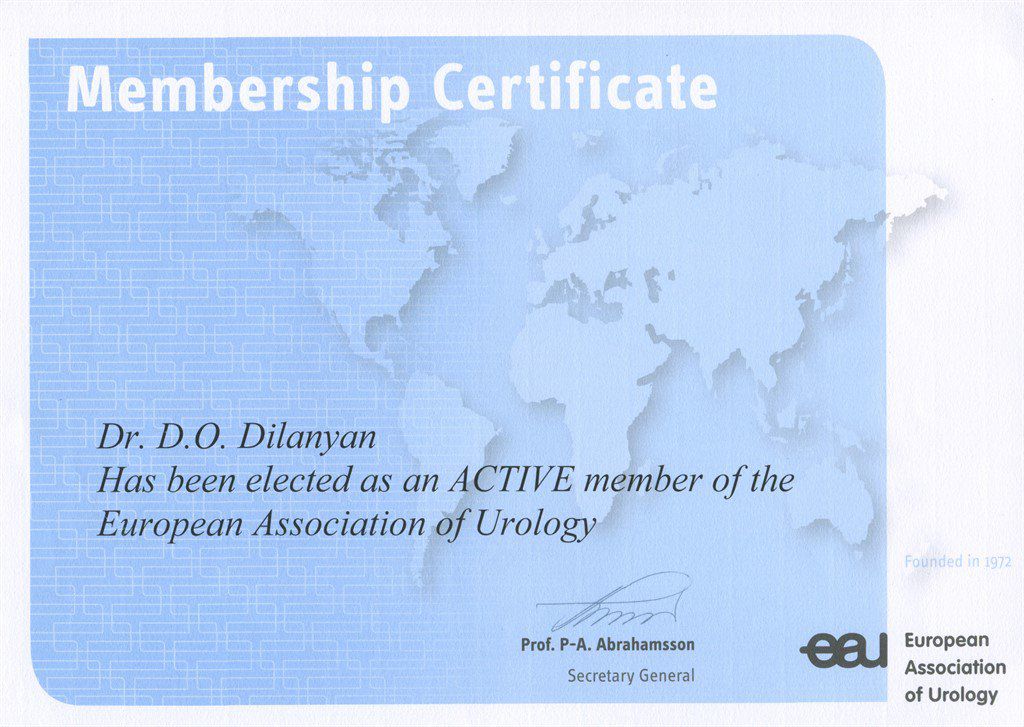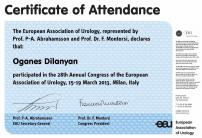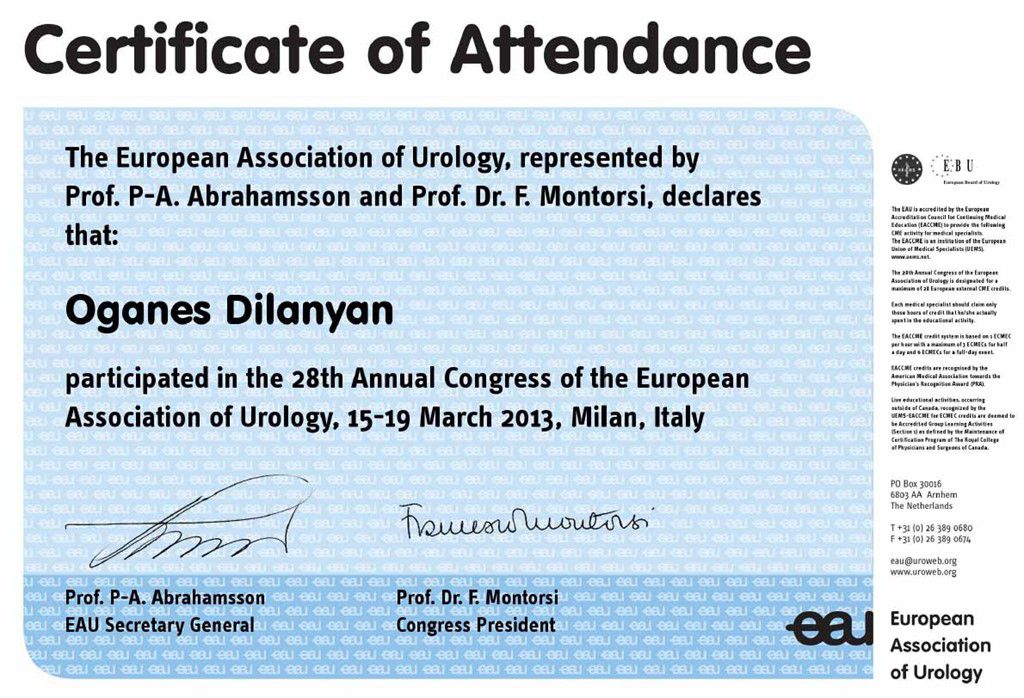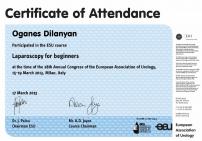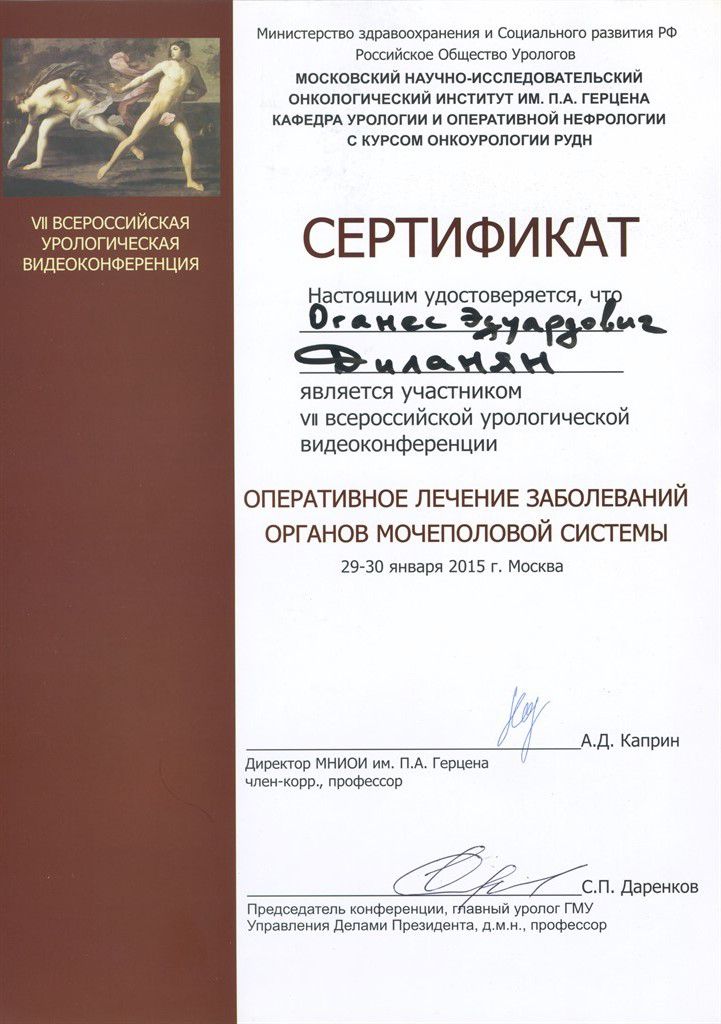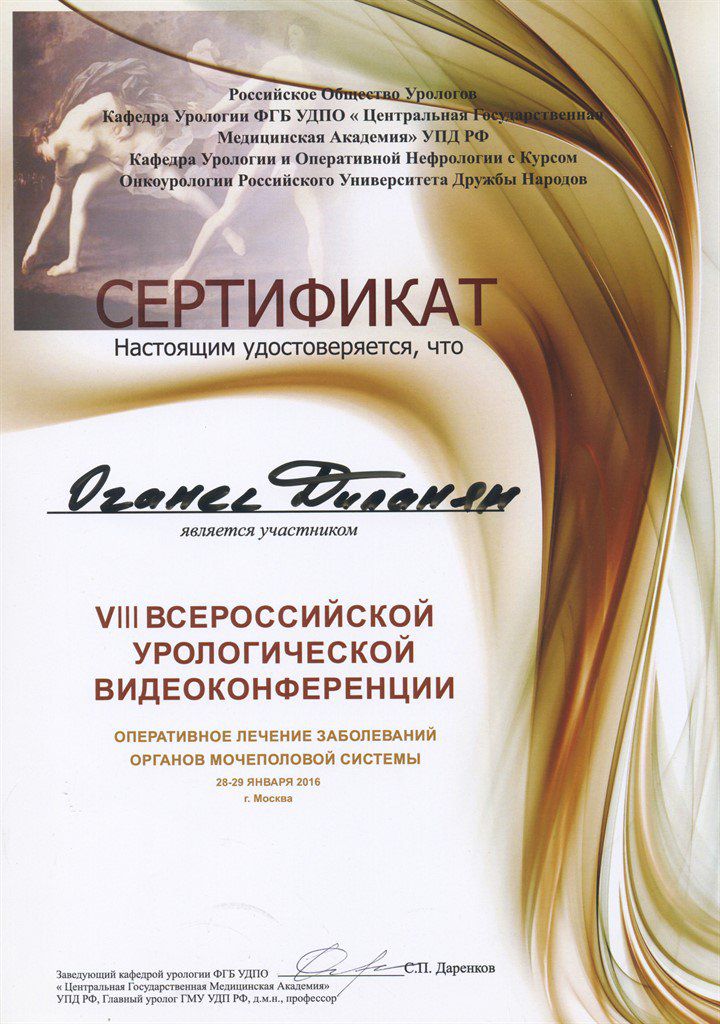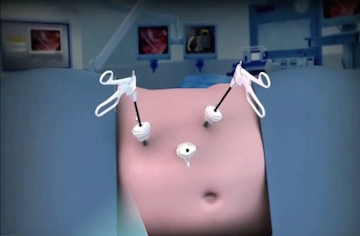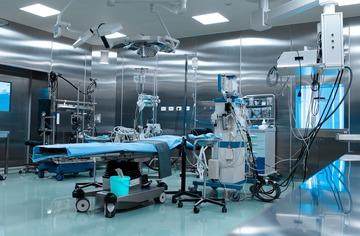… “A 34-year-old patient with kidney stone disease presented at the clinic at 3 am with a stone in the lower third of the right ureter and symptoms of a kidney colic”. – reports the doctor on duty during the morning meeting. “We have done all the necessary tests and investigations urgently and the patient is pain free and has slept the rest of the night”.
We examine the CT scan of the kidney. The stone is almost one cm in size. Usually those get stuck just as they are leaving the kidney. The stone density is over 1000 Hounsfield units which makes extracorporeal shockwave lithotipsy impossible.
- Tell me please where is the pain and when did it start? – I ask the patient.
- I knew I had a kidney stone, - says the patient with great annoyance in his voice. But I kept putting it off. Yesterday we signed a contract, a had a little bit to drink, got a taxi home. I live outside Moscow, the road is quite bad, it was a bumpy ride. It started as soon as I got home. Back pain radiating into the groin, almost unbearable. It was hurting the same standing up and lying down. Thanks to the doctor, everything got sorted out quickly, he did an ultrasound and injected a painkiller. I am flying tomorrow evening. I cannot miss the trip as the contract is riding on it.
- Well, you did not have a temperature and there is no kidney inflammation. I think we can operate and send you on your flight tomorrow – I smile at him, - Please do not eat or drink anything, we will start in about an hour and a half.
- What do you mean operate? – The patient is terrified. – I will be in bed for 2 weeks after the operation.
-Well… Endoscopy is also an operation. Don’t worry. We will break the stone up with a laser and you will be good as new tomorrow following the operation. We will insert a stent just in case just to safeguard you from any mishaps during your flight. I draw a diagram of the procedure and explain why he can expect quick recovery. Just don’t eat anything, ok?






